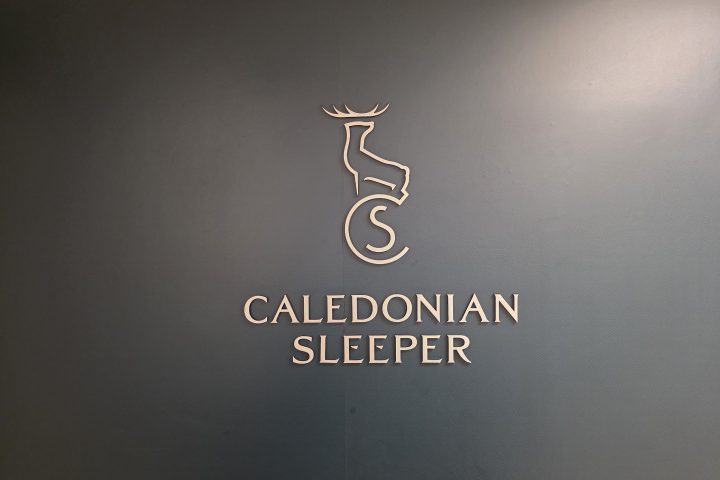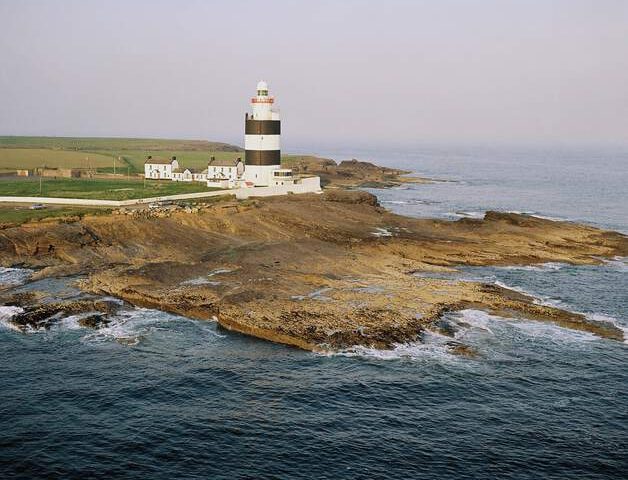Nestled in the Great Glen where the River Ness meets the Moray Firth is the northernmost city in the UK – Inverness. Being an ancient settlement, Inverness plays a massive role in Scottish history. It has history dating back to the late 6th century, at this time, it was Capital of the Picts and St. Columba is said to have visited in the year 565 and converted the King of the Picts to Christianity. Inverness Castle is also believed to be where MacBeth murdered King Duncan, as mentioned in Shakespeare’s very famous play “MacBeth”.
Inverness also has ties to some of the most well-known monarchs in Scottish history including Mary Queen of Scots and is also the site of the famous Battle of Culloden. With such an interesting background, Inverness makes for the perfect day out for any history buff visiting Scotland. Keep reading this blog post to see our recommendations for the best historical sites in and surrounding the city.
Inverness Castle
Inverness Castle is built on a rocky outcrop overlooking the River Ness and has a very bloody and dramatic history. The castle is mentioned in Shakespeare’s iconic play “MacBeth” as the site where the titular character murders King Duncan in 1040. However, it is believed that Duncan was actually killed in battle near Elgin and not at the castle but any literature enthusiast will still want to visit the castle that is mentioned in such a well-known play. The castle has been captured, destroyed, and rebuilt several times with the building we see today built in 1836. Most recently, the castle has been used as Sheriff’s Court but is currently closed to be public as it undergoes refurbishment and will open in 2025 as Inverness’ newest visitor attraction, celebrating the history of the Highlands!

Fort George
One of the most stunning fortifications in Europe, Fort George was built to be a base for King George II’s army after the Battle of Culloden in 1745. There is lots to see and do at Fort George including exploring the main rampart which encloses an area the size of five football pitches, visiting the Highlander’s Museum to discover more about the history of Fort George, looking out over the ramparts to spot dolphins swimming off the point, and entering the Grand Magazine, which houses a large collection of weapons. There is also a dog cemetery where visitors can see the resting places and tributes to the regimental mascots and army officers’ dogs. Fort George offers an educational day out for the whole family and hosts many annual events including the popular “Celebration of the Centuries” – a re-enactment event where the fortress is brought to life with stories from over 2000 years of Scottish history.

Clava Cairns
Estimated to be around 4000 years old, the Clava Cairns are an ancient cemetery dating back to the Bronze Age. The Clava Cairns lie 6 miles East of Inverness and with little being known about the origins of the circular stones or the souls who are buried there, a sense of mystery surrounds the site. It is speculated that the occupants of the graves were powerful or wealthy as much effort went into the building of these graves with stunning carvings of the sun and moon depicted on some of the stones. It is free to visit the Clava Cairns and they are easy to reach by car. This is a must-visit attraction for anyone interested in architecture and Scottish history, or even just if you are a little bit into all things morbid!
Culloden Viaduct
Situated close to the Clava Cairns is the Culloden Viaduct, the longest masonry viaduct in Scotland at 549m long! This impressive structure stretches over the River Nairn and provides a gateway to the Highlands by train. The landmark was built in 1898 and spans across the entire valley with many viewpoints for visitors to marvel at its beauty. You can view from underneath at the roadside, or you can view it from the side or straight on from the surrounding fields but please be careful not to trespass on the farmers’ private land! There are many open gates around the viaduct which indicate public land to catch a glimpse of a train speeding across the sandstone giant.
Culloden Battlefield
Not far from the viaduct is the famous Culloden Battlefield where the Jacobite Rising of 1745 came to an end. The battlefield holds a powerful atmosphere, evoking emotion from visitors especially since you can put yourself into the heart of the action with the visitor centre’s 360-degree battle immersion theatre. Visit the museum where weapons and artefacts from the battle are on display and discover any ancestral links you may have with the clans of the time. The Battle of Culloden was a pivotal moment in Scottish history which had a tragic outcome for the Jacobites. Visiting the battlefield allows you to learn the true story of one of the most brutal battles in the history of Britain.

The Land that Inspired “Outlander”
Many of these historic sites served as inspiration for the blockbuster TV series “Outlander” and were even used as filming locations for the show. The Clava Cairns and Culloden Battlefield as well as other historic sites such as Beauly Priory, the Highland Folk Museum and Castle Leod are either seen or mentioned in the show. All of these locations are either in or very close to Inverness, making the city a must-visit for any “Outlander” fans!

There is lots more to do in Inverness whether it’s shopping, eating, and drinking in the Highland capital’s city centre or taking a trip to the enchanting Loch Ness to try and catch a glimpse of the famous “Nessie”, there is something for everyone! We have many customisable North of Scotland tours which can incorporate your historical visit to Inverness, have a look at our packages here: https://www.best-of-scotland.com/destinations/scotland/north-scotland-tours/







